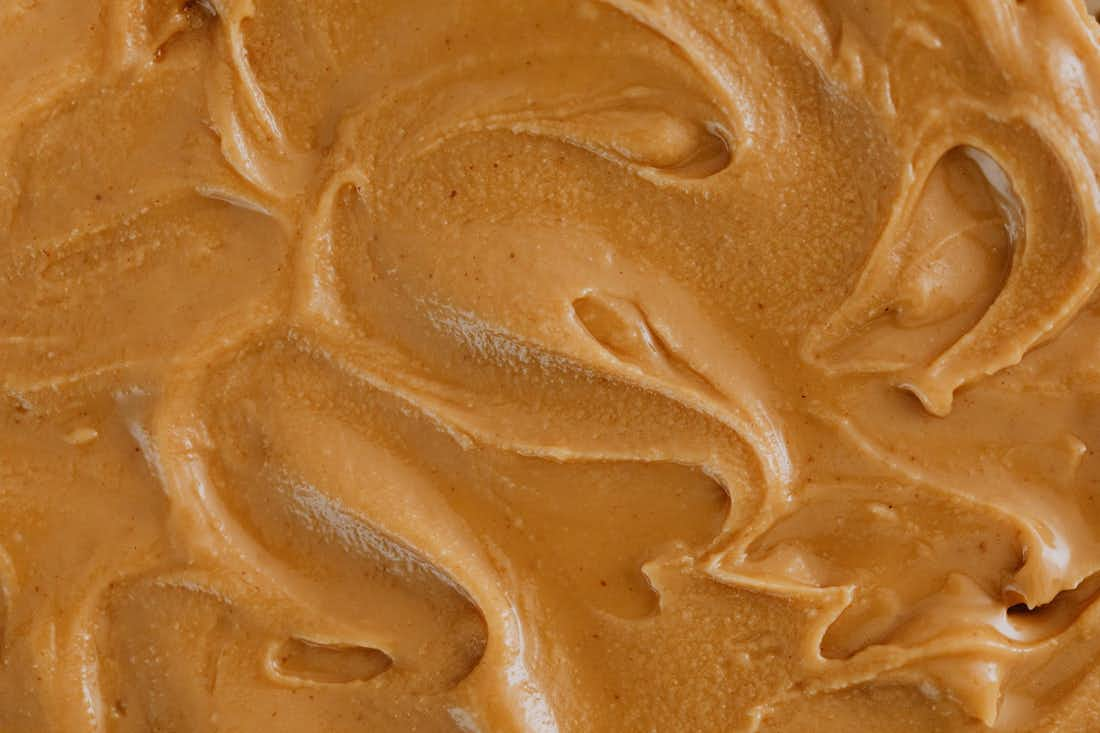Jul 25, 2023
Why Rinsing Your Sinuses Helps
3 minute read
Nasal irrigation is a safe and effective method for soothing sinus symptoms. Learning how to properly rinse out your sinuses can help bring relief. Although irrigating your sinuses is a fairly simple process, there are some important steps to keep in mind to ensure the best results.
Understanding Nasal Irrigation
Nasal irrigation is the process of flushing out the nasal passages with a saline solution. There are different methods available for flushing out your sinuses, but they all do the same thing: remove irritants to help clear out your nose. Some methods include neti pots, squeeze bottles, and nasal sprays.
With your irrigation device, you pour the saline solution into one nostril. Then the solution – along with all the gunk congesting your sinus cavities – should come out of the other nostril.
Clearing Nasal Congestion
No matter the cause of your congestion – allergies, a cold, or a sinus infection – nasal irrigation can often provide immediate relief. As the saline solution enters your nasal passages, mucus is thinned and removed. This reduces blockages you may have and improves airflow, enabling you to breathe easy again.
Reducing Sinus Infections and Allergies
Irrigating regularly can help prevent and manage sinus infections and allergies. When you flush your sinuses, harmful bacteria, viruses, and allergens that contribute to infections and allergic reactions are removed.
Many allergy relief medications – such as antihistamines or topical steroids – only treat your symptoms. Research suggests that nasal irrigation may be a highly effective mode of preventing allergic rhinitis.
Not only does sinus rinsing flush out nasal passages for fast relief, it can also provide more positive long-term effects than medications alone. A study found that nasal irrigation helped patients with chronic sinusitis alleviate symptoms and experience less flare-ups when used regularly, ultimately improving their quality of life.
Moisturizing Dry Nasal Passages
Allergies, the common cold, smoking, and cold or dry weather are all reasons why your nose may be dry and irritated. All of these factors cause your nose to stop producing enough mucus to keep your nose moisturized.
An effective way to re-moisturize your nose – during allergy season, after a cold, while you’re trying to kick your smoking habit, or during the winter – is to rinse your sinuses. Irrigation can keep your nasal passages properly hydrated, which will help in preventing nosebleeds and reducing discomfort.
Enhancing Sinus Health and Recovery
You can incorporate nasal rinsing into your daily hygiene routine to support your long-term health. Irrigating once a day, every other day, or even just once a week can help you maintain healthy sinus cavities by keeping out bacteria or allergens.
If you’re recovering from a sinus infection or healing after a sinus surgery, regular nasal irrigation can promote faster healing and reduce the risk of complications. Talk to your doctor about nasal irrigation for recommendations on rinsing devices and irrigation frequency.
Proper Technique and Safety
According to the FDA, there are specific guidelines you should follow regarding rinsing your sinuses safely and correctly.
- Find an irrigation device that you are comfortable using. Be sure it is properly cleaned, to help you avoid any infections.
- Make sure you are using sterile or distilled water. You can boil water for 3-5 minutes, and then wait until it is lukewarm before using. Another option is to buy bottled water but it must say “distilled” on the label. Do not use water straight from your tap.
- Tilt your head to a 45° angle, and lean slightly forward over the sink.
- Hold the irrigation device to your top nostril and squirt or pour the saline solution into it. The solution should come out of the other nostril. Remember to breathe through your mouth.
- Repeat on the other nostril.
- Gently blow your nose when you are done.
Remember to read the directions on your irrigation tool for instructions specific to that device. While your nasal irrigation device can’t hurt you, the water you put into it can. Tap water contains minerals and bacteria that can potentially cause very serious problems.
Your nose is very close to your brain, and bacteria from water that has not been sterilized or distilled can attack your brain. This can result in an extremely rare – but almost always fatal – [infection to the brain]. (https://www.cdc.gov/parasites/naegleria/graphs.html#case-reports-by-onset-and-exposure)
Naegleria fowleri is a brain-eating amoeba that sometimes lives in contaminated tap water. Although it cannot harm you if you drink it, it can lead to life-threatening conditions if ingested through the nose.
Incorporating nasal irrigation into your sinus care routine can lead to improved nasal health and provide symptom relief. Consult a healthcare professional to learn more about the benefits and risks of nasal irrigation and how often you should do it.
Cleared by LifeMD can help you learn more about nasal irrigation by connecting you with an online doctor who can talk you through integrating nasal rinsing into your daily routine. Make sure to inform your doctor or nurse practitioner of any underlying conditions or concerns you might have before starting nasal irrigation.
Authors

Dr. Payel Gupta
Medically reviewed by Dr. Payel Gupta

